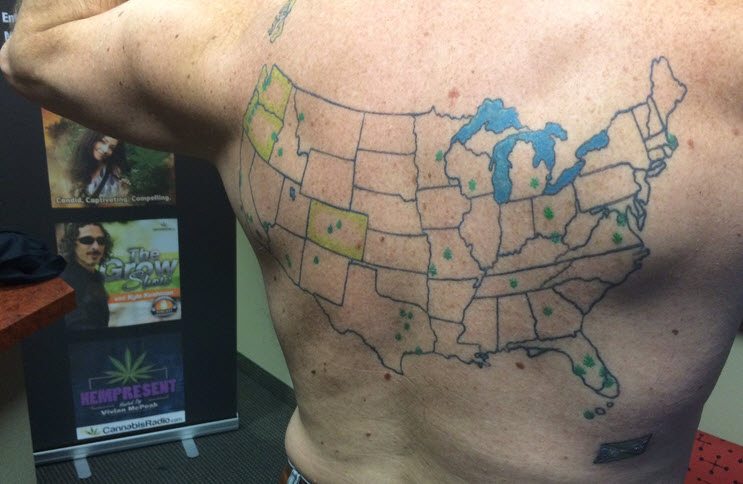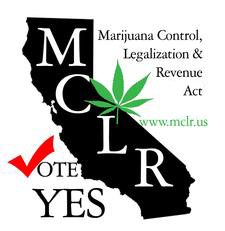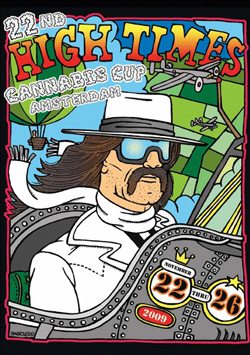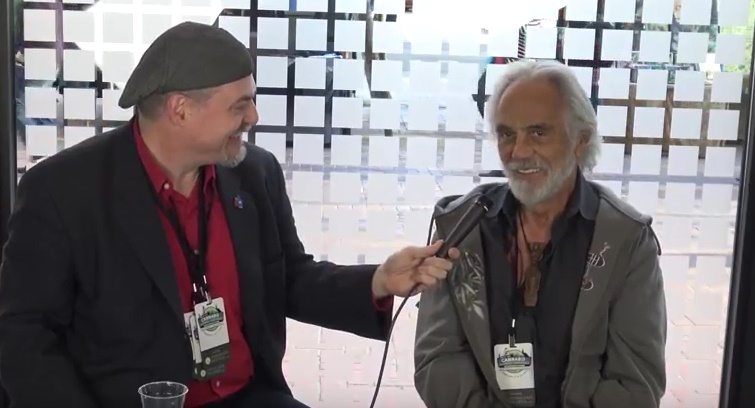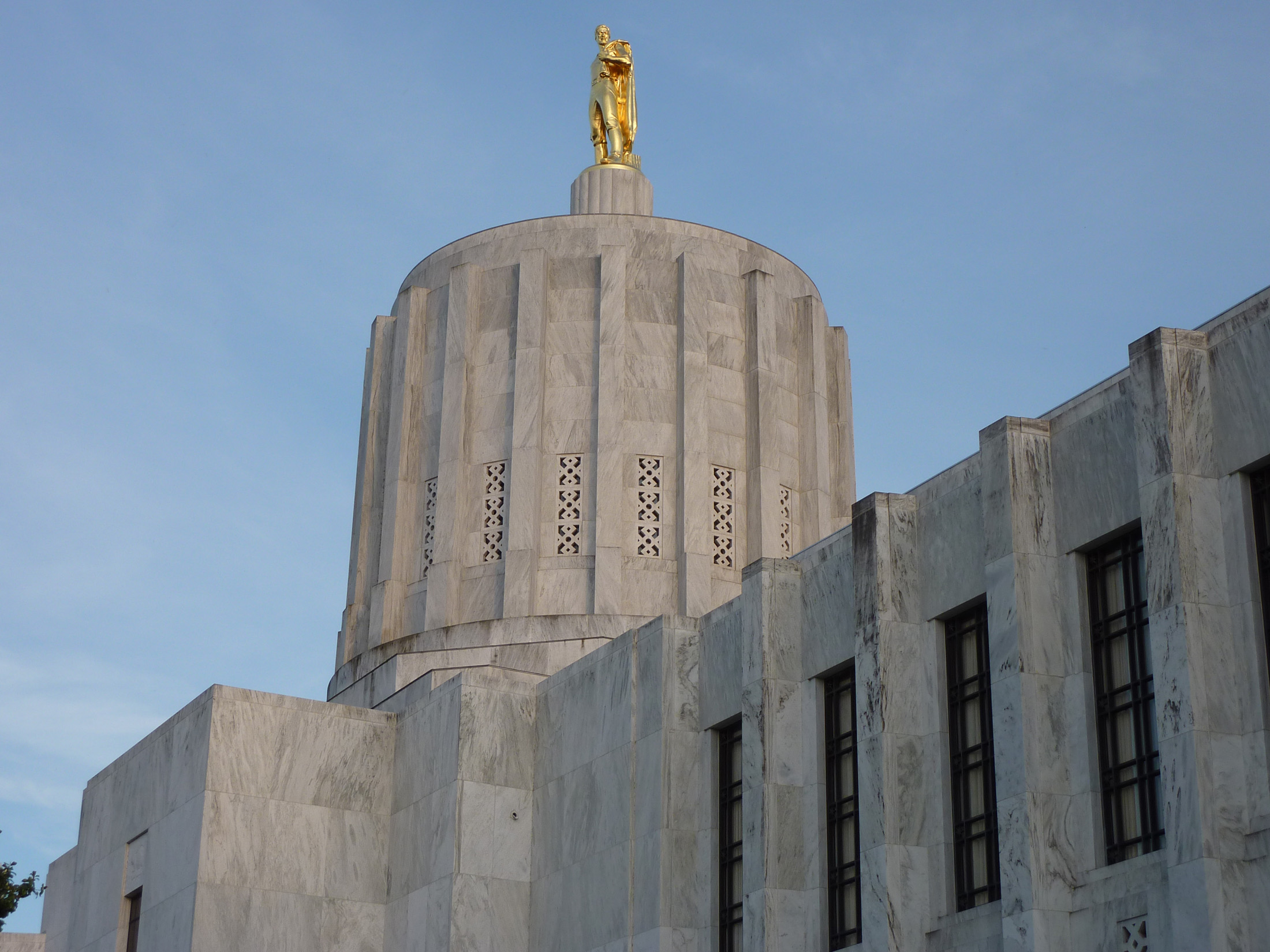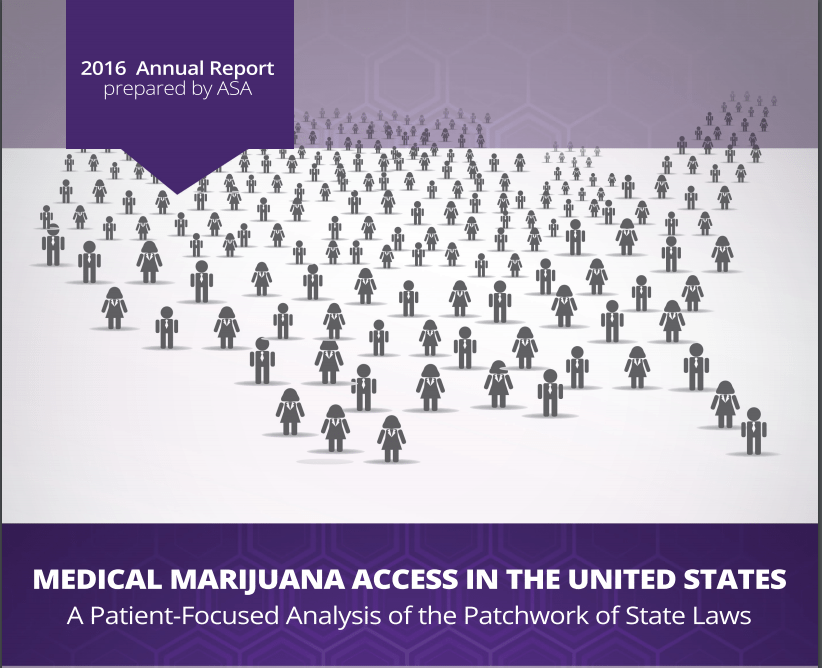So, you can’t have a Cannabis Cup in Seattle, Portland, or Denver.
If you thought there’d be nothing for marijuana legalizers to be fighting for after legalization, you were sorely mistaken. Like our First Amendment right of Free Association.
Legalization is just the beginning of the real fight, which is the freedom to use cannabis as equally as people use alcohol and aspirin.
You know my stand on the True Legalizers who’ll say, “See, it’s not really legalization!” as if we should have rejected Initiative 502 (WA), Measure 91 (OR), and Amendment 64 (CO).
Of course it isn’t! Even True Legalization™ wouldn’t really be legalization; there would still be prejudices and court cases and expungements and many things to work out.
The Emancipation Proclamation wasn’t True Freedom, either. There were still (and still remain) many battles to be fought for true equal civil rights for all people. The right for black people to marry white people in all fifty states has happened only within my lifetime. (OK, so I was a fetus in June 1967, but hey, gay people just got the right to marry last year.)
But it would be ridiculous to suggest in 1863 that President Lincoln should not move forward with the Emancipation Proclamation because it wasn’t True Freedom that included the right to interracial marriage, and it would be tragic if that argument was coming from the enslaved black people.
These Cannabis Cup bans are not arguments against supporting legalization, however it appears on your state’s ballot. What they are is proof that legalization is a marathon, not a sprint.
Smokeless in Seattle
Seattle can’t have a Cannabis Cup or any sort of public toking lounge because the State of Washington passed a law that felonizes the operation of any club or event that directly or indirectly promotes and allows for the consumption of cannabis.
Because if a bunch of people gathered together and smoked pot… what, exactly?
There was fear at last year’s Seattle Hempfest that the new law could essentially criminalize that protestival, where over 100,000 people, many of them suspiciously young, are openly smoking pot and even doing dabs. No charges came for the event – Seattle has generally been friendlier to the cannabis community than Olympia – but nobody can say for certain that’s because there couldn’t have been charges, if a future prosecutor wanted to file them.
I’ve covered that Hempfest for ten years and I attended the first Cannabis Cups in Seattle, and they are like every other marijuana-themed event I cover in the country – friendly and mellow.
You don’t need to take my word for it. Ask a cop, an EMT, or a nurse whether they’d prefer to cover a pot event or an alcohol event. Just last week I had a nurse, a spry septuagenarian veteran in practice since the mid-1970s, tell me she’s never had to deal with an end-of-life patient suffering the ill effects of marijuana, but she’s helped many smokers and drinkers face their self-inflicted death.
Seattle has literally hundreds of buildings built for the express purpose of administering mind-altering and performance-decreasing drugs to adults for entertainment. These buildings have parking lots for the express purpose of storing the vehicles of those adults while they alter their minds and decrease their performance with drugs inside the drug building. Society then trusts the drug building owners to not administer too much drugs to the adults and trusts the adults to judge the degree of their mind alteration and decreased performance before returning to the parking lot to operate their vehicles. Society even allows for a tolerable degree of mind alteration and decreased performance for adults operating vehicles on the road after taking drugs in the drug buildings, knowing that this tolerance comes at the cost of thousands of deaths on the roads.
But because we call the drugs “alcohol” and the buildings “bars”, none of that is a felony in Washington.
Potless in Portland
In Portland, there can’t be a Cannabis Cup or any sort of cannabis café because Oregon’s Clean Air Act was amended to include vaporization and cannabinoids. So, anywhere you cannot smoke tobacco indoors, you now cannot smoke cannabis or vaporize cannabis or use nicotine e-cigarettes.
The rationale behind the original Oregon Clean Air Act was What About The Servers! In workplaces where there is excessive cigarette smoking, like bars and restaurants, the workers would be exposed to the deadly secondhand smoke. So we eliminated cigarette smoking indoors as a safety protocol to protect workers’ lungs from the scientifically demonstrated harms of secondhand tobacco smoke.
But there is scant scientific evidence for any comparable harms from secondhand cannabis smoke. Renowned pulmonologist Dr. Donald Tashkin’s groundbreaking work found that cannabis smokers – firsthand smoke – showed lower risk for lung cancer than even non-smokers. Furthermore, vaporization doesn’t produce secondhand smoke, but secondhand vapor. The science isn’t there to show anywhere near the tobacco harms needed to apply the Clean Air Act’s restrictions to cannabis.
Whether secondhand cannabis smoke is less harmful, however, isn’t even a point we need to defend. That same Clean Air Act has exemptions within it to allow for tobacco smoking at smoke shops and cigar bars! So, somehow, we can allow for the alcohol buildings and the tobacco buildings, but not the cannabis buildings?
Another sticking point in Oregon is the regulators’ decision that any venue that has a liquor license is a “public place”. Under the law, cannabis consumption cannot occur within public view, and if you’re in a public place, you’re in public view.
Note: that doesn’t mean you just can’t hold a Cannabis Cup where there is alcohol being served. That public place definition applies to the liquor license, whether it is in operational use or not. Thus, you could find a big ol’ private ballroom to hold your event in and not serve a drop of alcohol, but because the ballroom does other events throughout the year where it does serve alcohol, it has a liquor license and you’re out of luck.
Doobieless in Denver
In Denver, the problems all come down to securing permits from recalcitrant bureaucrats who can find all manner of imagined harms from 10 to 20 thousand cannabis consumers in a building but turn a blind eye to the shenanigans of 76,000 people drinking beer at Sports Authority Field Mile High Stadium or Coors Field.
Denver NORML is attacking the problem head on with their proposal of a city initiative to legalize pot lounges. Alaska is signaling its acceptance of the right of cannabis consumers to gather. The proposed initiatives in California, Nevada, Arizona, Massachusetts, and Maine (assuming their appeal goes favorably) all provide for some sort of public accommodation for cannabis consumers.
Come 2017, Portland and Seattle could be the only major cities in legal states that don’t allow for some sort of cannabis café.
So rejoice, cannabis activists, that we are winning the battles for hearts and minds. Now that marijuana is legal, we can force the public to address the incompatible standards we have for alcohol bars and festivals versus cannabis lounges and festivals. Without “it’s illegal!” to fall back on, it is untenable to defend Cannabis Cup bans as any sort of public safety measure. As more states become legal and allow these events, the banning states become more exposed as reactionary cannabigots.
Now make sure you get out and register to vote!

